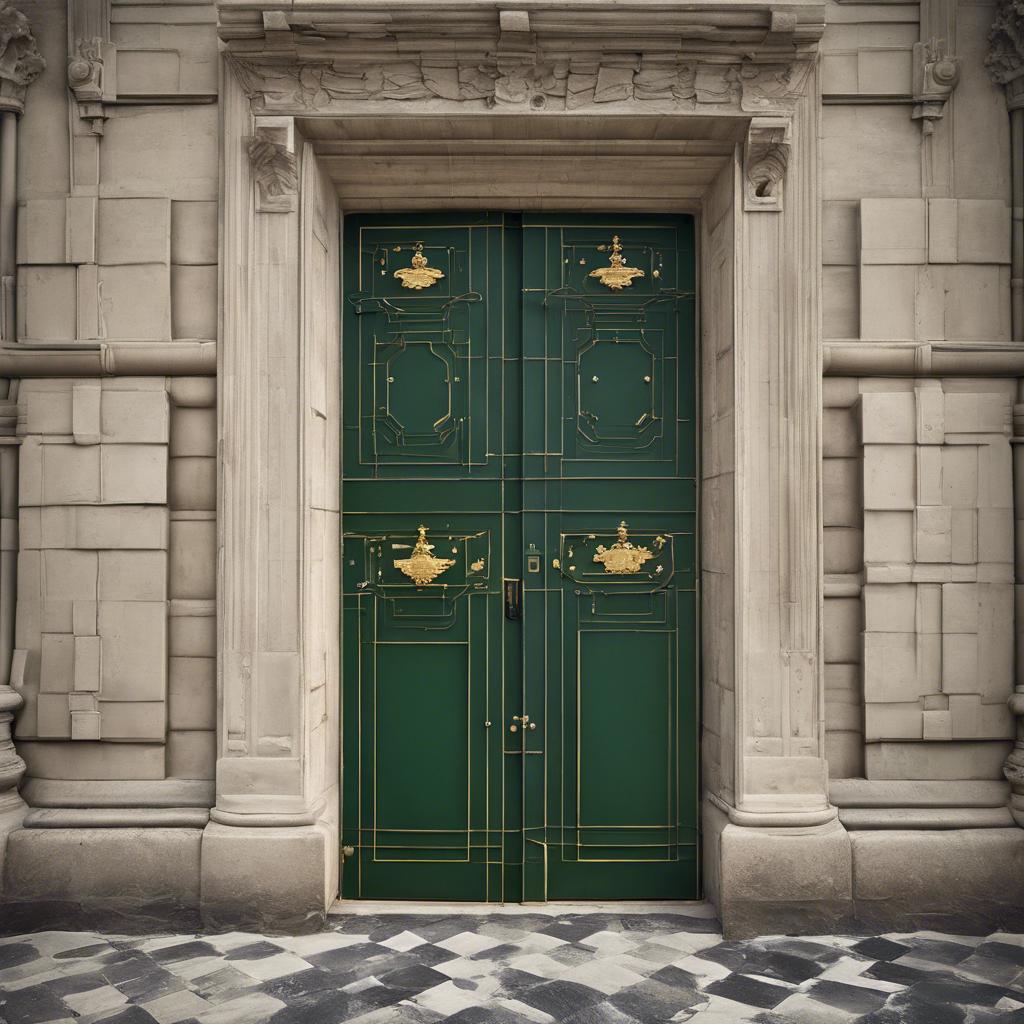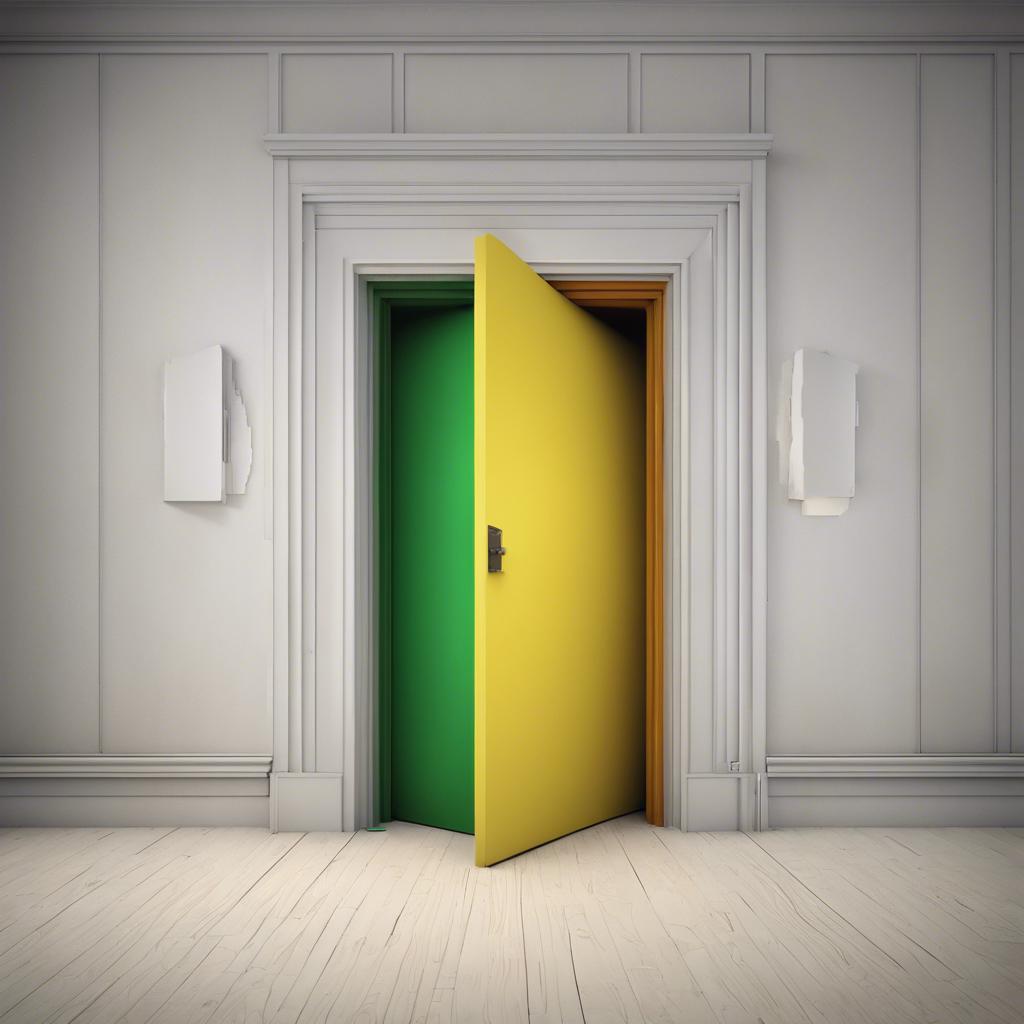In the annals of architectural history, baize doors stand as a testament to the craftsmanship and artistry of bygone eras. These unique doors, constructed from dense woven fabric coated with a layer of green pigment, have held a place of prominence in grand estates and historic buildings for centuries. Join us as we delve into the rich history and enduring allure of baize doors, exploring their origins, significance, and lasting legacy in the world of design and decoration.
Step Into the World of Cheryl Bolen
Dive into the enchanting stories of love, intrigue, and elegance set in the Regency Era. Cheryl Bolen's novels offer timeless romance and captivating tales that will leave you wanting more.
Explore Cheryl Bolen's Books Now
Origins of Baize Doors in Historical Architecture
Baize doors have a rich history in historical architecture, dating back to the 18th century. These doors were commonly used in grand estates and manor houses, adding a touch of elegance and sophistication to the interior design. The origins of baize doors can be traced back to England, where they were originally crafted using a type of sturdy, woolen fabric known as baize.
The use of baize doors in historical architecture was not only practical but also served as a status symbol for the wealthy elite. The soft texture of the fabric provided excellent soundproofing, making them ideal for rooms where privacy and quiet were valued. Additionally, the rich colors of baize doors added a luxurious feel to any space, further showcasing the wealth and taste of the homeowner.
Over time, baize doors became popular across Europe, with variations in design and fabric choices to suit different architectural styles. From French chateaus to Italian palazzos, baize doors could be found in a variety of elegant settings. Today, baize doors continue to evoke a sense of old-world charm and sophistication, making them a timeless element in historical architecture.
Benefits of Installing Baize Doors in Contemporary Interiors
Baize doors have been a staple in interior design for centuries, adding a touch of elegance and sophistication to any space. These timeless doors are made from high-quality materials, providing both durability and aesthetic appeal. Their smooth texture and rich color palette make them a popular choice for contemporary interiors looking to add a touch of warmth and luxury.
One of the key benefits of installing baize doors in modern spaces is their ability to enhance the overall aesthetic of the room. The velvety texture and deep hues of baize doors create a sense of luxury and opulence, making them the perfect addition to high-end homes and designer spaces. Whether you choose a classic dark green or a bold red, baize doors add a touch of drama and style to any room.
In addition to their visual appeal, baize doors also offer practical benefits for contemporary interiors. Their soundproofing properties make them an excellent choice for rooms where privacy and noise control are important. Baize doors can help reduce noise levels, creating a peaceful and quiet environment for relaxation or focused work. Additionally, their insulation properties can help regulate temperature, making them a practical choice for energy-efficient homes.
Maintenance Tips for Preserving the Quality of Baize Doors
To ensure the longevity and quality of baize doors, proper maintenance is essential. Follow these tips to preserve the beauty and functionality of your baize doors:
- Regular Cleaning: Dust and dirt can accumulate on the surface of baize doors, leading to a dull appearance. Use a soft brush or vacuum with a brush attachment to gently remove debris. Avoid using harsh chemicals or abrasive cleaners, as they can damage the delicate fibers of the baize.
- Avoid Moisture: Baize is susceptible to moisture damage, so it’s important to keep baize doors away from areas with high humidity or moisture levels. If the baize gets wet, gently blot it with a dry cloth and allow it to air dry completely before closing the door.
- Prevent Wear and Tear: Over time, baize doors can develop signs of wear and tear, such as fraying edges or thinning patches. To prevent this, avoid pulling or tugging on the baize when opening or closing the door. Consider adding cushioning or padding to areas that receive a lot of contact, such as door handles or edges.
Professional Installation Techniques for Baize Doors in Modern Settings
In the world of interior design, baize doors have a long and prestigious history. Dating back to the 17th century, baize doors were originally used to reduce noise and provide a touch of elegance to grand estates. Today, these doors continue to be a popular choice for modern settings, adding a touch of sophistication and luxury to any space.
When it comes to installing baize doors in modern settings, professional installation techniques are key to ensuring a seamless and flawless finish. One of the most important steps in the installation process is measuring the door opening accurately. This ensures that the baize door fits perfectly and operates smoothly. Additionally, using high-quality hinges and hardware is essential for durability and longevity.
Another crucial aspect of installing baize doors is ensuring that the fabric is stretched taut and free of wrinkles. This not only enhances the overall aesthetic appeal of the door but also prevents any sagging or misalignment over time. Properly securing the baize fabric to the door frame is essential for a polished and professional look. By following these professional installation techniques, you can transform any modern space with the timeless elegance of baize doors.
In Summary
baize doors have a long and storied history dating back to the 18th century. These durable and versatile doors have served a variety of purposes throughout the years, from providing privacy and insulation to adding a touch of elegance to homes and businesses. Today, baize doors continue to be a popular choice for those seeking a classic and timeless look for their interior spaces. With their rich history and lasting appeal, baize doors are sure to remain a staple in interior design for years to come.


